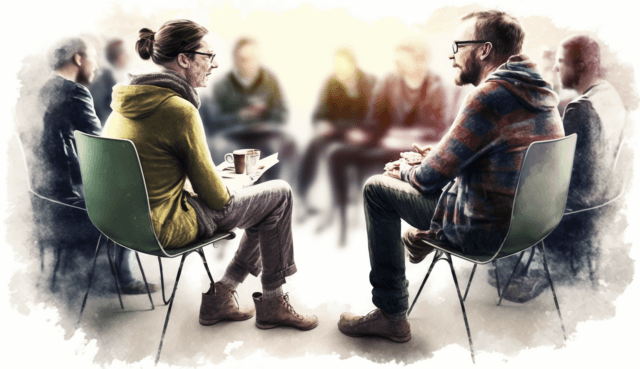
Rachel and I were preparing for another core facilitation technique I use at the start of meetings: The Three Questions. Participants think about their answers to the questions and then share their answers, in turn, with the group. We were reviewing Rachel’s outline and I came across an addition to the process.
“Practice Round (3 minutes). Now, turn to the person next to you and in 60 seconds or less, share your answers. Ask for feedback.”
Rachel had added a pair share to allow all participants to practice their answers before sharing with the entire group.
I immediately loved and saw the value of her idea!
I devised The Three Questions thirty years ago and have run it hundreds of times, but I’d never considered this improvement. Though I mention common slip-ups to participants, such as spending too long on the first question, they sometimes still occur. Allowing everyone to practice their answers with one other person before group sharing is a simple and effective way to help each participant:
- Feel more confident about their answers;
- Get personal feedback; and
- Provide better answers to the group.
Conclusion
I will be adding Rachel’s small but valuable improvement to my future sessions of The Three Questions. As a proponent of lifelong learning, I’m happy to use observations, feedback, and trying new things to continually refine what I do. A generous hat tip to Rachel LaForgia, Senior Program Director of the Peace and Security Funders Group, for sharing this simple application of pair share for group work practice with me!
